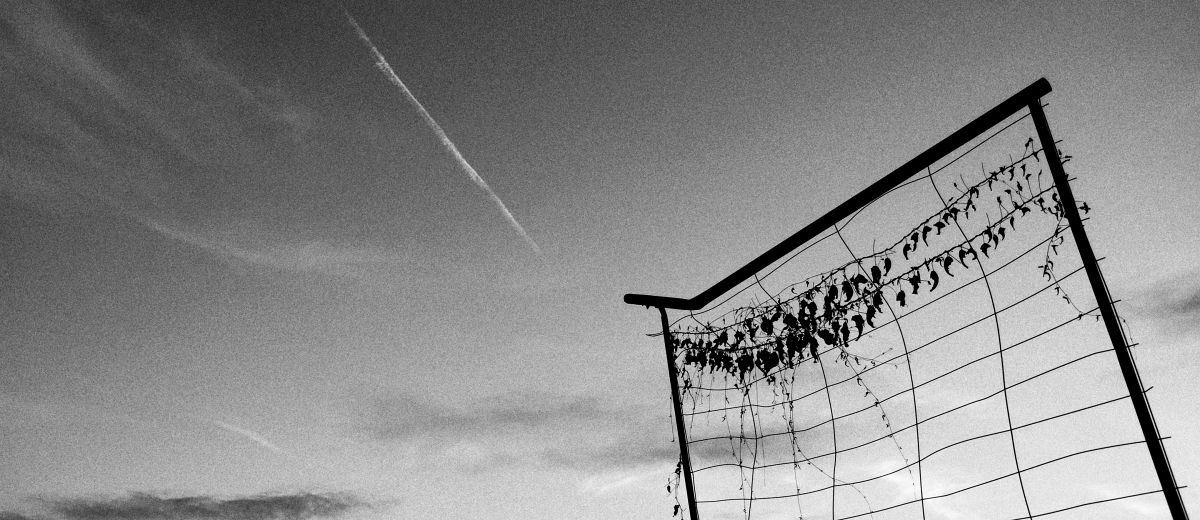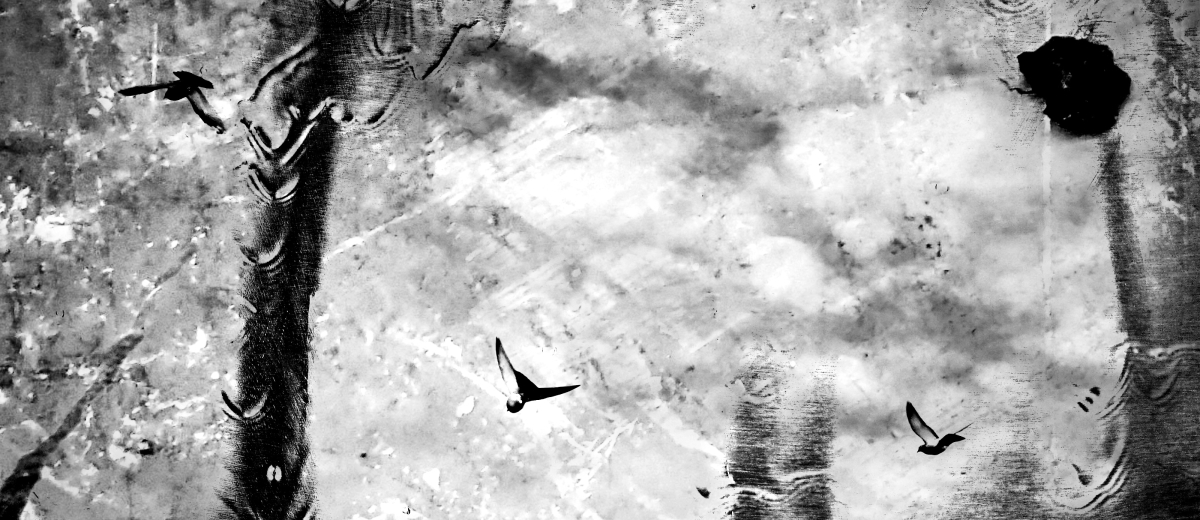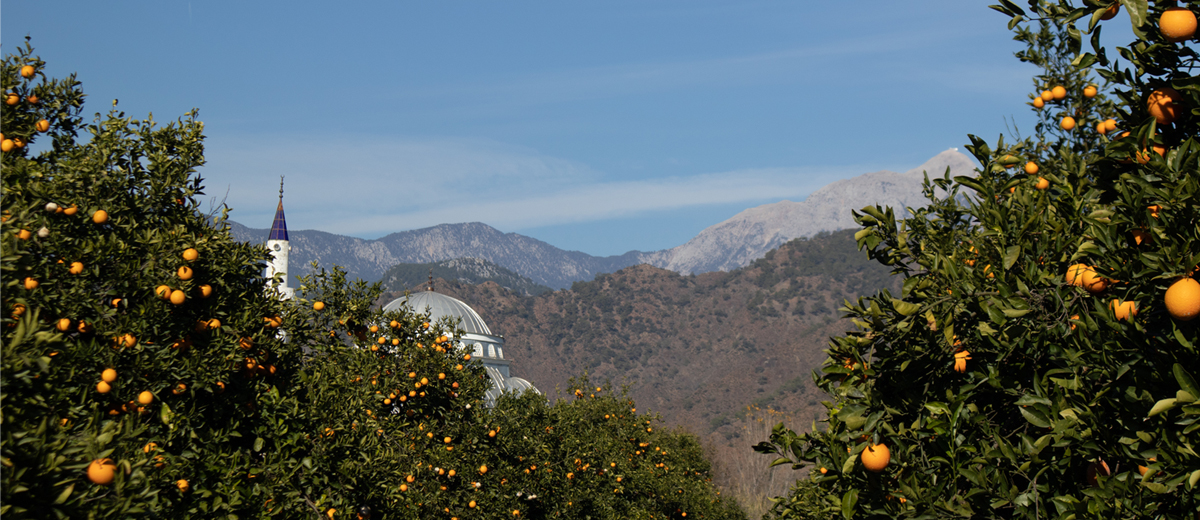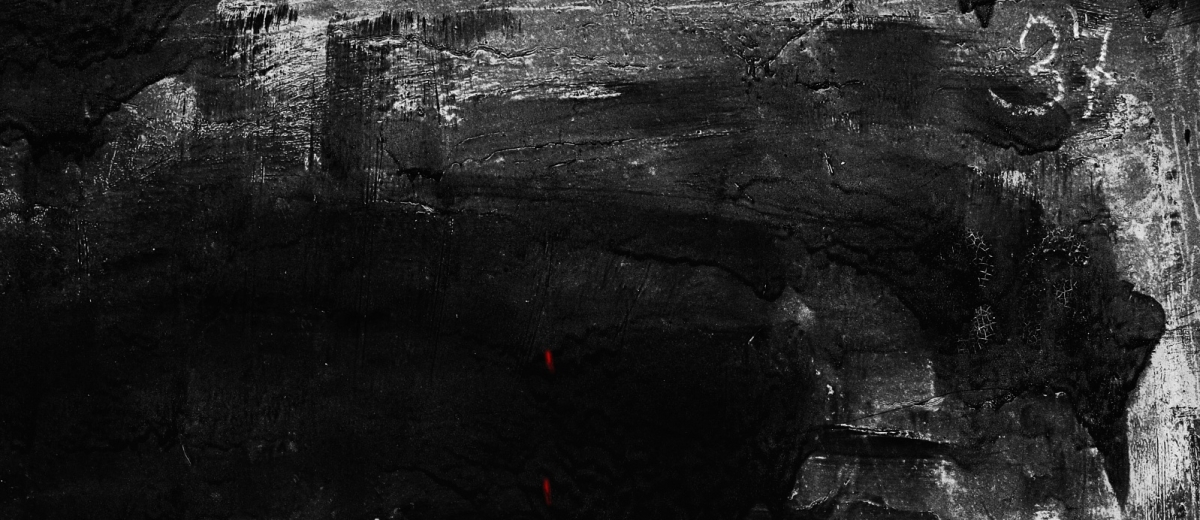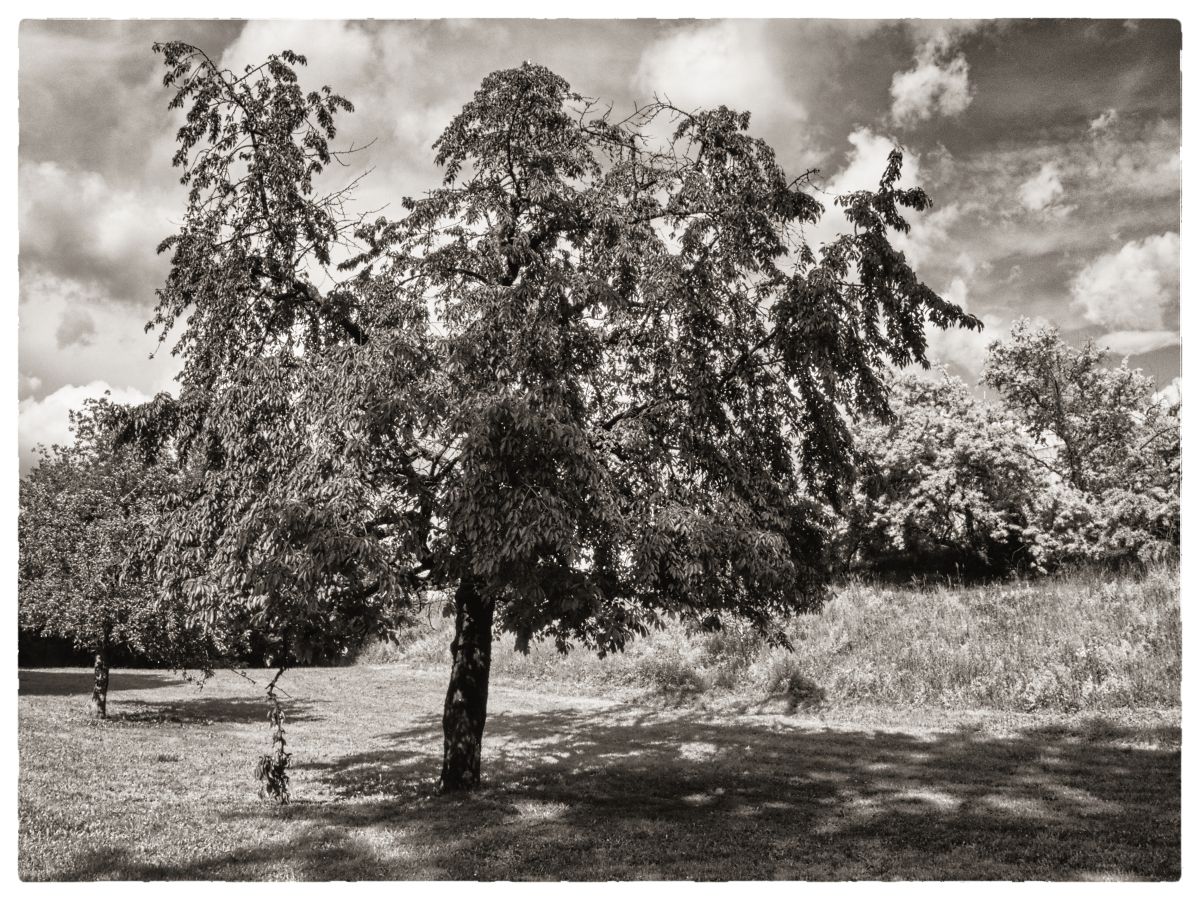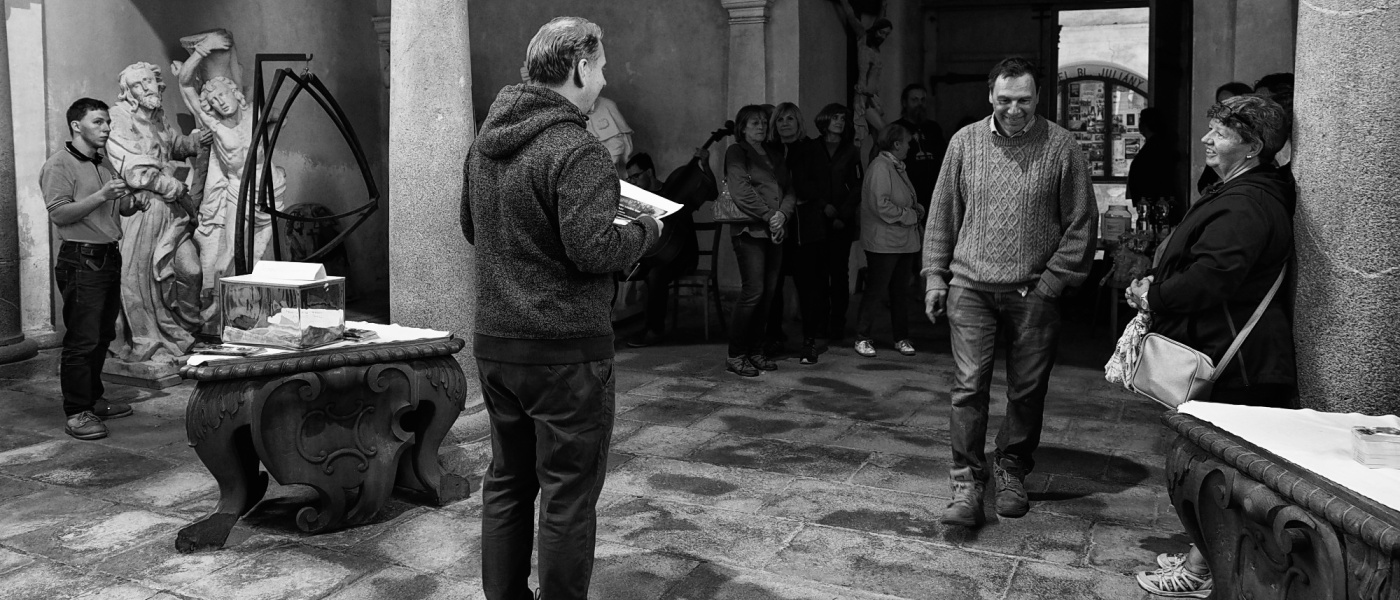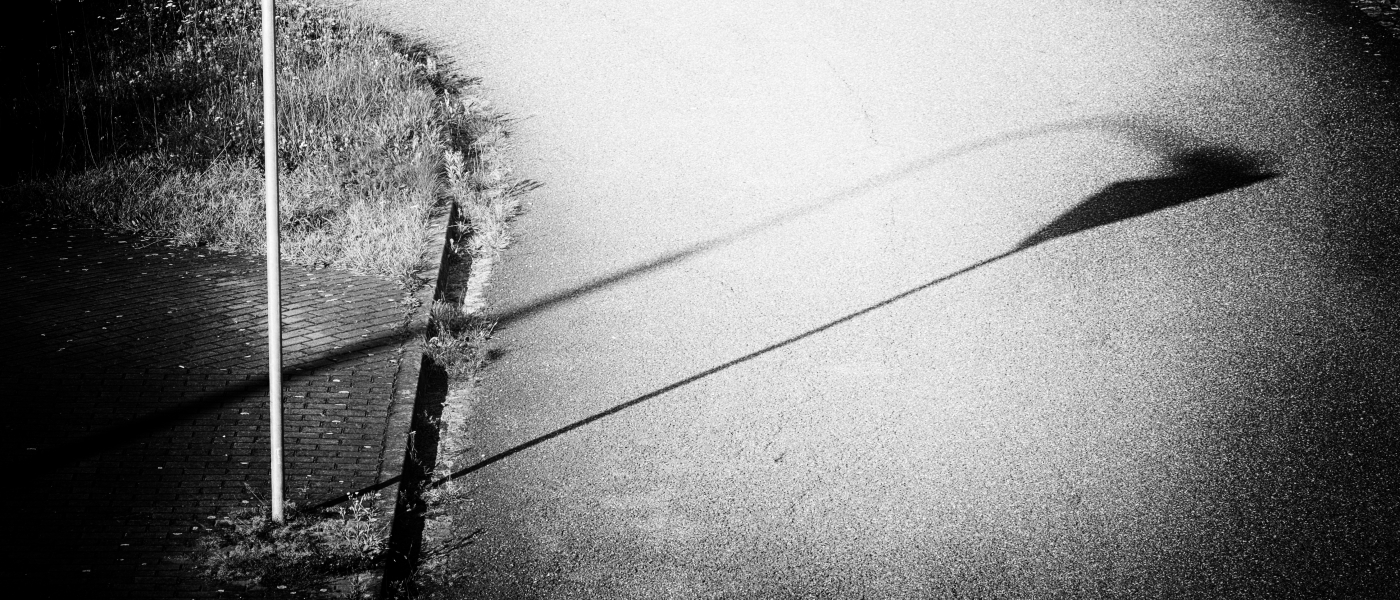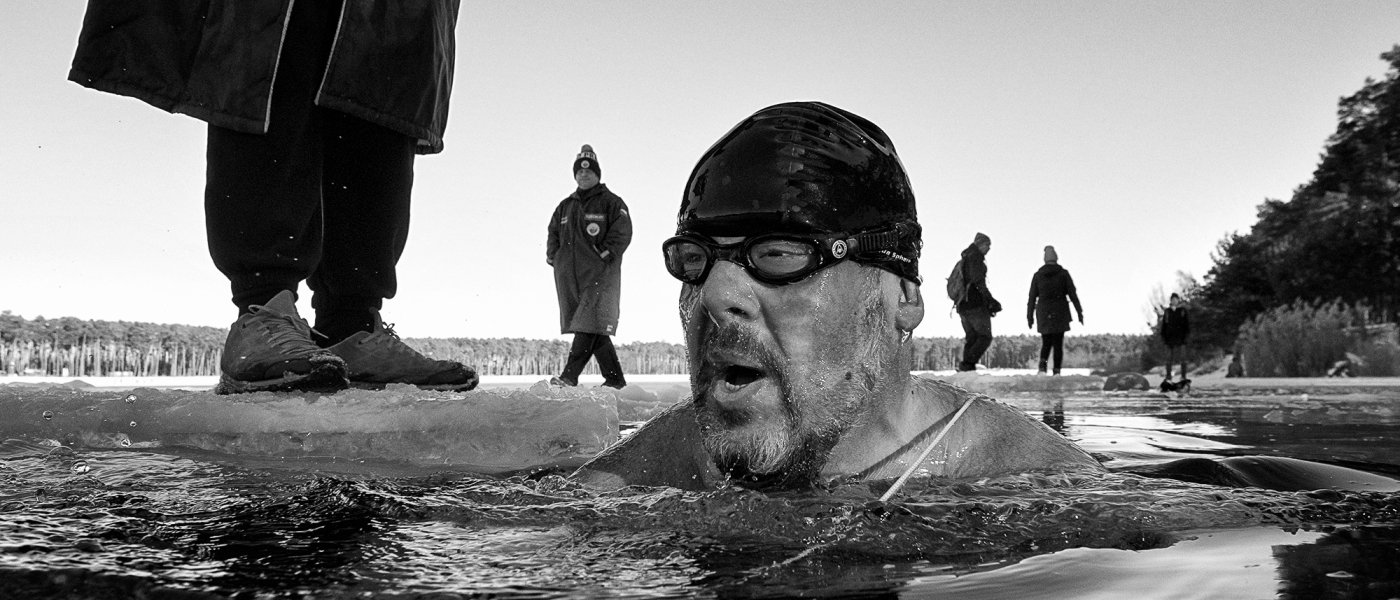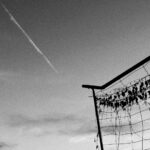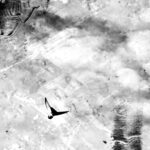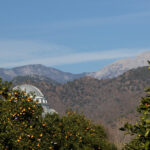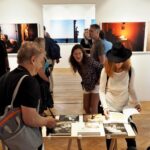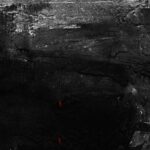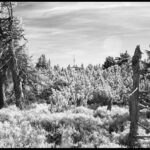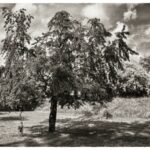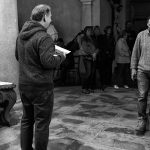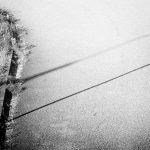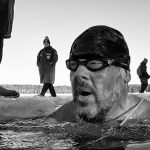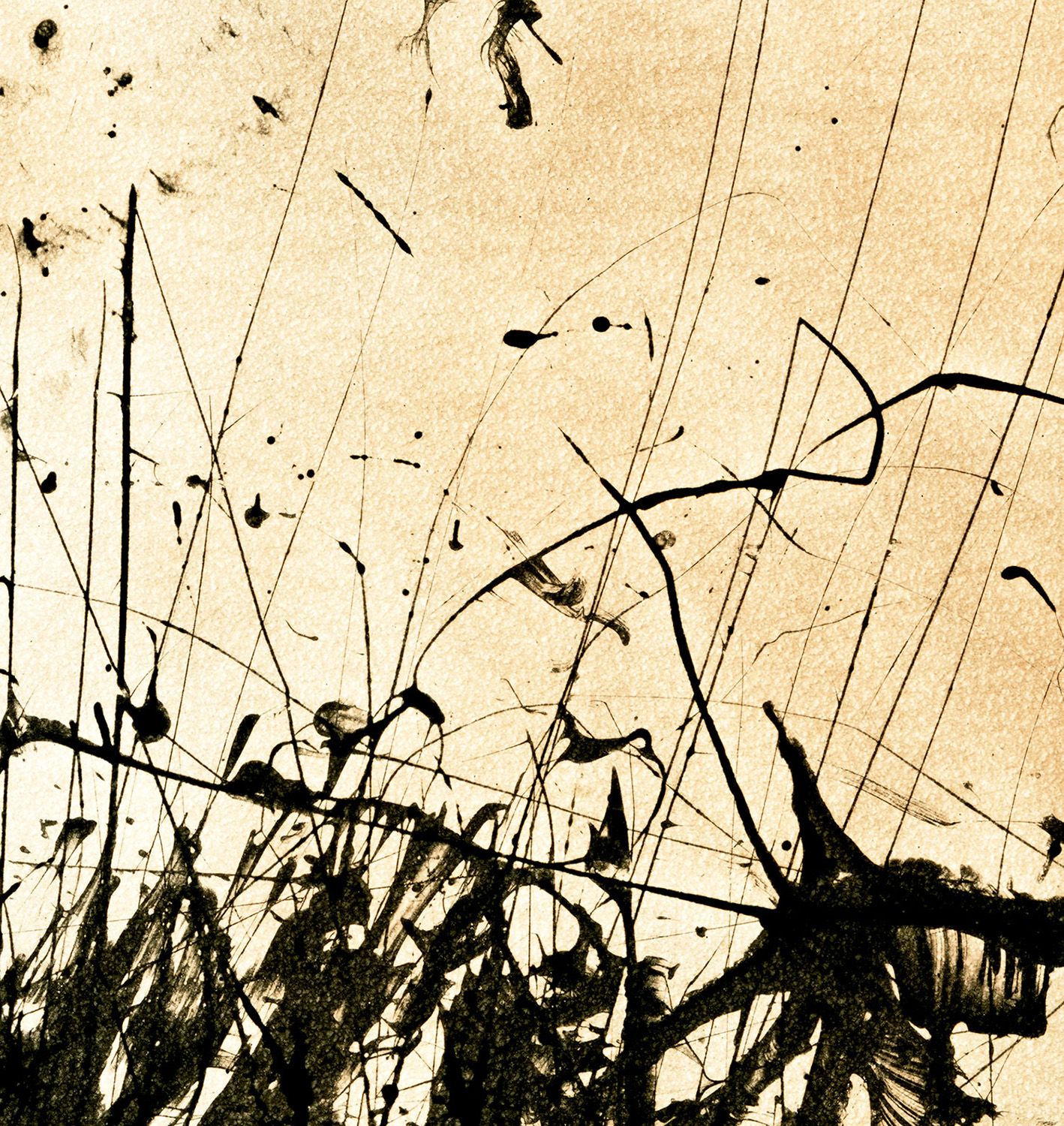Fotostory presents Norman Sarachek, an American artist, whose work touches unconscious depths of our souls and transports us in time. The series of Chemigrams ‚After Fukushima/ Memory of Nature‘ reflects author´s respect for tradition, passion for experimenting and love for this planet.
_
_
New Series: “After Fukushima/ Memory of Nature”
The series After Fukushima reflects my belief that the full effects of the nuclear reactor meltdowns in Fukushima, Japan have not been felt, that the danger is ongoing, and that the future result may cause significant damage to our environment and to our health. The extent of this damage may be beyond our current comprehension. Social commentary has long been the focus of photographers using a camera to record society and places. This series represents the first use of the camera-less Chemigram process for social commentary.
With the Chemigram process I use photographic materials – photo paper, light, and chemicals which reduce the paper’s ability to darken under light, along with application of resist – to completely create an image on blank photo paper. One may think of the process as parallel to print making using a metal plate, resist, and acid bath. However, the results using photographic materials are different from those seen with printmaking or etching processes due to the light reactivity of the silver gelatin paper, and the flow of chemicals across the paper. There is no camera or lens used. For these images I have used an alternative photographic process to create an alternative reality.
While I have sought to instill the beauty of nature in each image, the trees,structures, and sea creatures you see here represent a very disturbed,“unnatural“ world. They represent what might be the future of nature and metropolis after further damage by the Fukushima meltdown and by other past and future nuclear accidents. It is my hope that during the exhibition of these images there will be educational programming including a symposium concerning the threat of nuclear accidents to raise the level of concern of citizens, political leaders, and the media, an evening of poetry concerning the preservation of nature, and a children‘ s program on the importance of respecting nature.
_
NORMAN SARACHEK
(Artist’s Statement)
„Having studied with Larry Fink and other photographers known for their images of people, my initial work in photography seemed to naturally involve using a camera for social documentation. However, about 14 years ago I began to search for a way to use the unique and beautiful qualities of photographic materials to create a body of work that would reflect more closely my personal artistic sense, especially my love of mark and space in art. Could I find a way to use the basic materials of photography – photo paper, light and chemicals – to create abstract work in the tradition of those artists whose work especially resonates with me, artists like Brice Marden, Richard Serra, Franz Kline and Jackson Pollock, as well as Asian masters of Sumi-e ink painting and calligraphy?
After working for several years with the photogram technique, using ink markings on clear acetate sheets as masks over photo paper and exposing both to light, I began to work with the Chemigram process, first described by Belgian photographer Pierre Cordier in 1956. This technique involves the application of chemicals to black and white photographic paper. These chemicals affect the silver gelatin paper’s response to light. Varying the concentration, flow, and time of contact of the chemicals with the paper allows me to control the lightness, color tone, and composition of the image background. I use a resist to protect selected areas of the paper from the chemicals much as a print maker uses a resist to protect the plate in an acid bath. The resist I use is a “soft” one, lending itself to rapid gestural creation of images – often in thirty seconds or less as opposed to thirty minutes or more when a “hard” resist or varnish is used. Silver in the paper that is protected by resist is not affected by the chemical bath and, since the lights are on while I work in the darkroom, will end up being black. These black “marks” created on the lighter background define each image and each series of images.
My work bridges the aesthetic of abstract painting and printmaking with the materials of photography. However, the unique action of light on black and white photographic paper allows me to achieve results quite different from those obtainable with painting or printmaking. Inherent in this work is risk taking -balancing control and chance in the same way an abstract painter does when making a gesture with a brush. It is my intention to energize the final image with this risk taking, along with evidence of process and strength of gesture.
With my current body of work, After Fukushima/ Memory of Nature, returns to social documentation with the use of the Chemigram process rather than a camera.“
_
